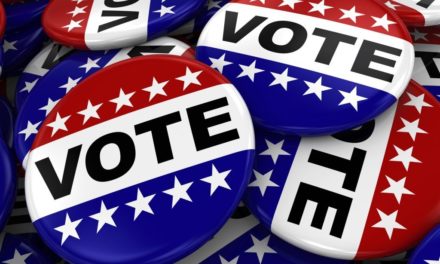For almost three decades, Memphis was largely off the national radar and missing in action during important discussions about cities.
For just over 25 years, the mayor’s office was occupied by men who had an aversion to travel. Richard Hackett much preferred the daily nuts and bolts of managing a big city government, and while serving as Shelby County Clerk, he famously stayed at the YMCA during a trip to New York City. His successor, Willie W. Herenton, simply abhorred travel, and while his election as the first African-American mayor in Memphis attracted national attention, it never translated into new attention on the national stage for the city itself.
The problem is that when it comes to being kept in mind for funding from the federal government and philanthropies, it’s similar to a raffle: “You have to be present to win.”
When Wharton was campaigning for city mayor in 2009, a major plank was to “establish a national presence for Memphis in important discussions about the future of cities.” It was the sort of priority that only a wonk could love, but five years later, it’s hard to think of a priority that has been achieved as fully.
Wharton’s frequent flyer mileage bulges with numerous trips to the White House for small mayors’ meetings with President Obama to larger gatherings of key members of the Administration, particularly HUD Secretary Shaun Donovan and Secretary of Transportation Anthony Foxx, formerly mayor of Charlotte, N.C. These marquee meetings have been complemented by meetings with a number of national foundations who have shown an emerging interest in Memphis as a laboratory for the gritty issues facing much larger industrial cities.
The most dramatic evidence that Memphis has solidly hit the national radar was when the Kresge Foundation decided to hold its board of directors meeting here in early June. The foundation is considering its options in Memphis after funding Community LIFT and being invited by Wharton to join him in his Blueprint for Prosperity program to reduce the poverty rate from 27 percent to 17 percent in 10 years.
During the same week in early June, the German Marshall Fund was hosting a two-day meeting in City Hall on successful methods for cities seeking money from philanthropies. Meanwhile, Bloomberg Philanthropies, created by former New York City Mayor Michael Bloomberg, funds the work of the Mayor’s Innovation Team, which has pushed tactical urbanism projects and developed programs to fight youth gun violence.
As a sign of the federal government’s support, the Obama Administration in 2011 named Memphis one of the first seven “distressed cities” selected for its Strong Cities, Strong Communities Initiative (SC2), and through the program’s two directors, Sarah Ray and Sarah Sieloff, the program has been like gravity. It may be unseen but its pull can be felt in many places as it cuts federal government redtape and brings more federal agencies’ resources to bear on Memphis’s problems. SC2 has helped with everything from small business funding, youth violence prevention, anti-blight programs, attracting the American Queen Riverboat to Beale Street Landing, local food initiatives, innovative financing for neighborhood businesses, performance management in city government, and more.
Sieloff, who heads up the Memphis team for the program, works out of City Hall. “We take our cues from the mayors where we work,” she said. “We are looking as a team for how we can add value. We’re not here to provide an extra pair of hands but to be the catalyst that sparks action by looking for ways to cross boundaries and break down silos.”
She describes Memphis as “an incredibly vibrant and dynamic place where there is already inspiring work under way.” “One of the things I value about SC2 is that we come through the door of the mayor’s office but we work in the community as much as we can,” she said. “The work is about the opportunity to form relationships that didn’t exist in the past.” Memphis recently was set to receive nine VISTA workers to focus on poverty reduction, but the number was increased to 20 because of the momentum in Memphis, she said. “In the end, it’s about spending tax dollars better and making impacts that matter.”
As evidence of the growing national buzz about Memphis, Wharton was asked, as one of nine mayors, to write a chapter for the State of Black America published by the National Urban League. He said it is positive proof that Memphis is now squarely at “the center of the national conversation about cities.”
This column was previously published in the July issue of Memphis magazine as its City Journal commentary.







I would suggest that we look at the Mayors travels not in relation to predecessors but to other Mayors of our peer cities.
Here we have a problem.
AC actually does not travel that often. When we does it from a “distressed cities” , “grant writing” point of view.
I generally like AC so let the national and international business community see him more often.
Successful CEOs travel – lots – has AC gone to China to sell the city? Has he traveled to Silicon Valley to understand what successful tech start ups need?
All too often his travel is based on a “we are distressed please help us” mentality. Lets see him sell this city, and in the process we will see him learn what he can do to retain young talent.